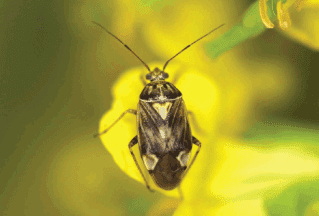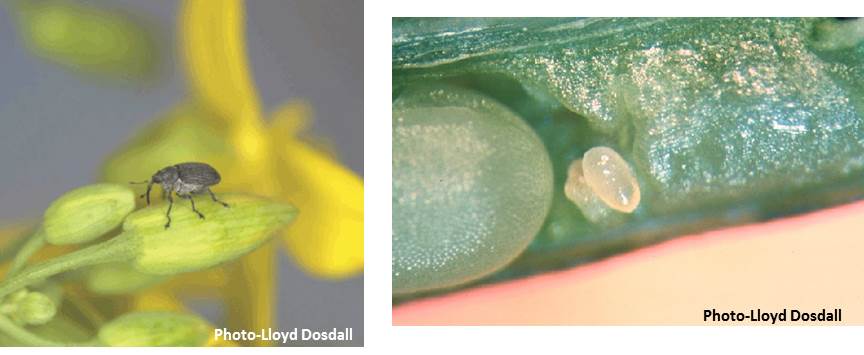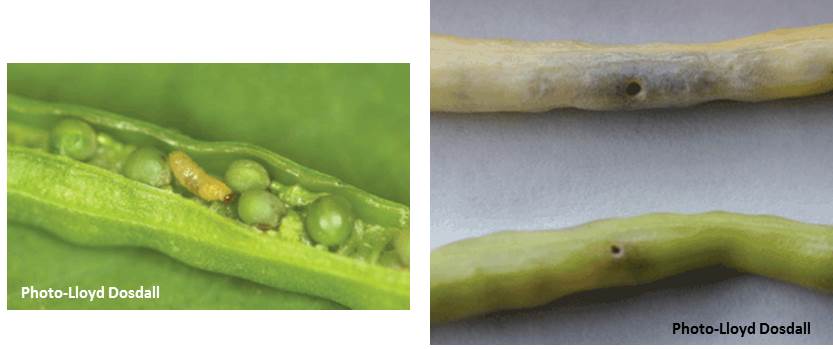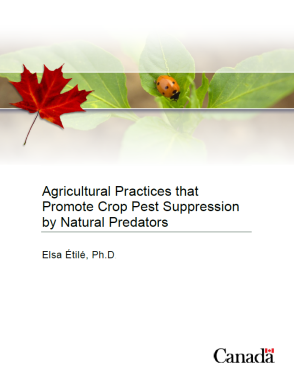Weather synopsis – The average temperature over the past seven days (August 1-7, 2016) was approximately 1°C cooler than Long Term Normal (LTN).
Across the prairies the 7 Day Average Cumulative Rainfall was well above average (August 1-7, 2016)
The average 30 day temperature for July 8 to August 7 was similar LTN and rainfall was 50% greater than LTN (average across the prairies).
The average growing season temperature (April 1 – August 7) has been less than 1°C warmer than normal
Growing season rainfall has been approximately 27% above average.
The map below is the modelled soil moisture map for the prairies (up to August 7, 2016)
The map below reflects the 7 Day cumulative precipitation map (August 2 – August 8, 2016).
While the map below summarizes the cumulative precipitation for the growing season (April 1 – August 8, 2016).
The updated growing degree day map (GDD) (Base 5ºC, March 1 – August 7, 2016) is below:
While the growing degree day map (GDD) (Base 10ºC, March 1 – August 7, 2016) is below:
The map below shows the Lowest Temperatures the Past 7 Days (August 2 – August 8, 2016) across the prairies:
The map below shows the Highest Temperatures the Past 7 Days (August 2 – August 8, 2016):











